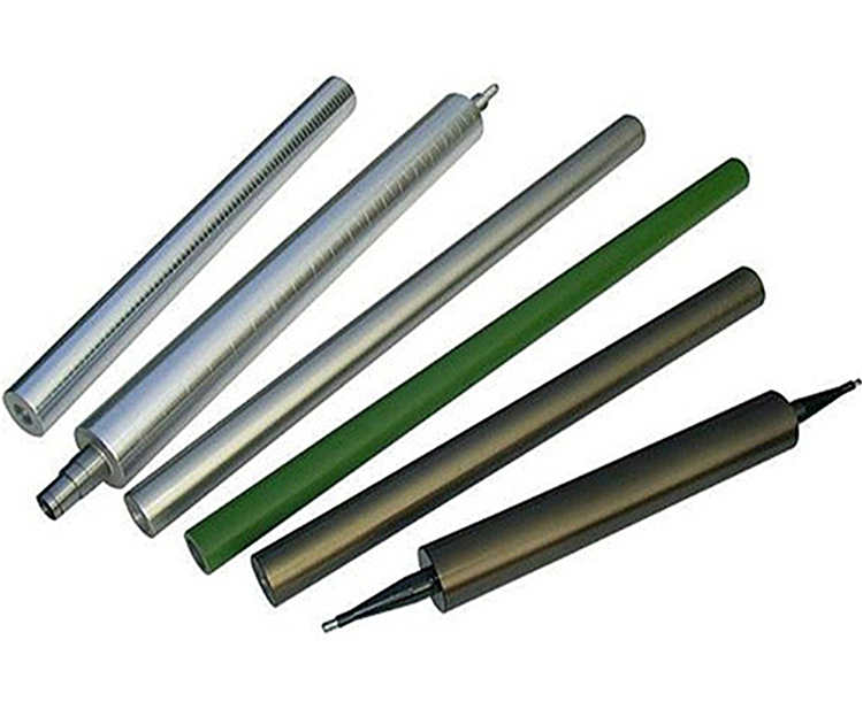installing weather stripping under door
Installing Weather Stripping Under Your Door A Step-by-Step Guide
Weather stripping is an essential home improvement project that can make a significant difference in your home’s energy efficiency and comfort. By preventing drafts and reducing air leakage around doors, you can maintain a consistent indoor temperature and lower energy bills. If you’re planning to install weather stripping under your door, this guide will walk you through the process step-by-step.
Why Weather Stripping?
Before delving into the installation process, let’s discuss the benefits of weather stripping. When gaps exist underneath doors, cold air can seep in during winter months, while warm air can escape in the summer. This not only makes your home less comfortable but also increases your heating and cooling costs. Weather stripping acts as a barrier, ensuring that your indoor environment remains stable and energy-efficient.
Materials Needed
1. Weather Stripping Material Choose between various types such as foam tape, V-strip, or door sweeps. Door sweeps are ideal for under doors as they provide a solid barrier against drafts. 2. Measuring Tape To accurately measure the length needed for your door. 3. Utility Knife or Scissors For cutting the weather stripping to size. 4. Adhesive or Nails Depending on the type of weather stripping you choose, you may need adhesive, nails, or screws to secure it in place. 5. Caulking Gun (if needed) To apply caulk around the door frame for added insulation. 6. Cleaning Supplies A cloth and cleaning solution to prep the area.
Step-by-Step Installation Process
Step 1 Measure the Door
Begin by measuring the width of the door. Use a measuring tape to get an accurate measurement from one edge of the door to the other. Make sure to buy enough weather stripping material to cover the entire width. If you have multiple doors, repeat this process for each one.
Step 2 Choose the Right Weather Stripping
Select a weather stripping product suited for your needs. For doors, traditional door sweeps made of rubber or vinyl typically work well. Foam tape is also a good option for gaps that aren’t too large. Make sure the thickness of the material correlates with the gap height beneath the door.
Step 3 Prepare the Area
installing weather stripping under door

Before attaching the weather stripping, it’s essential to clean the surface. Use a cloth and a cleaning solution to remove dust, dirt, and grease from the bottom of the door and the floor. This will help ensure better adhesion.
Step 4 Cut the Weather Stripping to Size
Once you have the right length, use a utility knife or scissors to cut the weather stripping material to fit your door. If you’re using a door sweep, ensure it is slightly longer than the width of the door for a secure fit.
Step 5 Attach the Weather Stripping
For adhesive-backed weather stripping - Peel off the backing and carefully press it onto the bottom of the door, aligning it evenly. Apply firm pressure to ensure it sticks well. For a door sweep - Position the sweep at the bottom of the door, making sure it covers the gap. Secure it in place using nails or screws. If there are pre-drilled holes, use those for easier installation.
Step 6 Test the Door
After installing the weather stripping, close the door and check for any gaps. If you feel air coming through, you may need to adjust the placement or add additional weather stripping. The door should close snugly against the sweep without obstruction.
Step 7 Additional Insulation
For extra insulation, consider adding caulk around the door frame to seal any gaps further. This can enhance the effectiveness of your newly installed weather stripping.
Conclusion
Installing weather stripping under your door is a straightforward and beneficial task that can enhance your home’s comfort level and energy efficiency. By following these steps, you can effectively reduce drafts, maintain indoor temperatures, and ultimately save on energy costs. Don’t wait for the seasons to change; start this simple home improvement project today for a cozier and more economical living space.
Share
-
The Best Lubricants for Aluminum Roller GuidesNewsJul.23,2025
-
Slitting Machine Applications in the Packaging IndustryNewsJul.23,2025
-
Rolling Roller Balancing Techniques for Smooth OperationNewsJul.23,2025
-
How To Optimize An EV Battery Assembly LineNewsJul.23,2025
-
Energy Efficiency in Modern Battery Formation EquipmentNewsJul.23,2025
-
Automation Trends in Pouch Cell Assembly EquipmentNewsJul.23,2025







